Orthophoto Editor
These functions are not available in 3DF Zephyr Lite and 3DF Zephyr Free.
The Orthophoto Editor allows editing and improving specific portions of an orthophoto created in 3DF Zephyr using chosen cameras.
After you create an orthophoto, it's possible to launch the Orthophoto Editor by either methods:
1) Right-click on the Orthophoto that requires editing in the Orthophoto section of the Project panel, and select the "Edit" button.
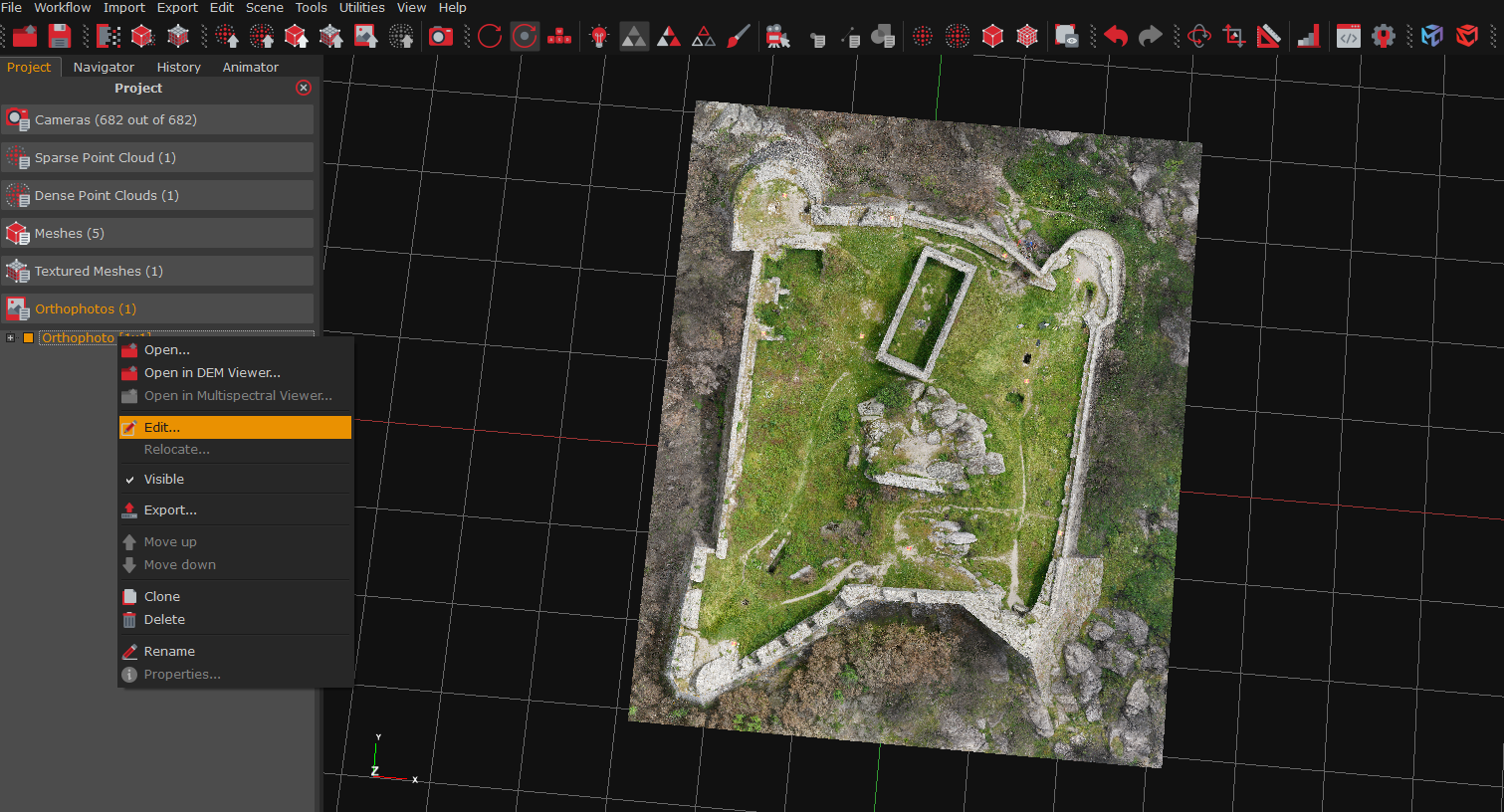
2) Select the "tools" menu > "Workspace" > "Edit Orthophoto". Choose the orthophoto that needs to be edited in the Orthophoto selector dialog, click "OK", and the Orthophoto Editor will appear.
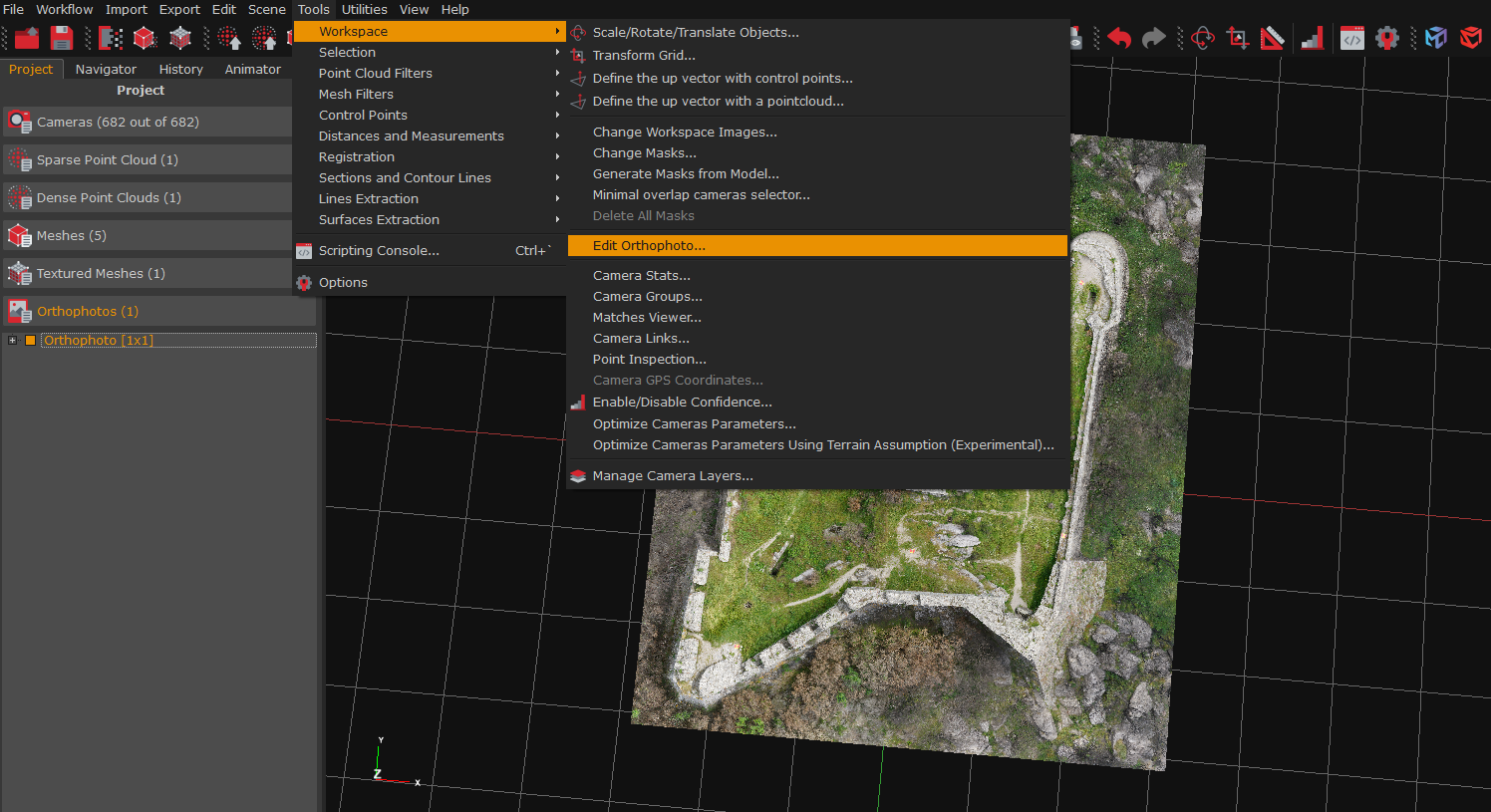
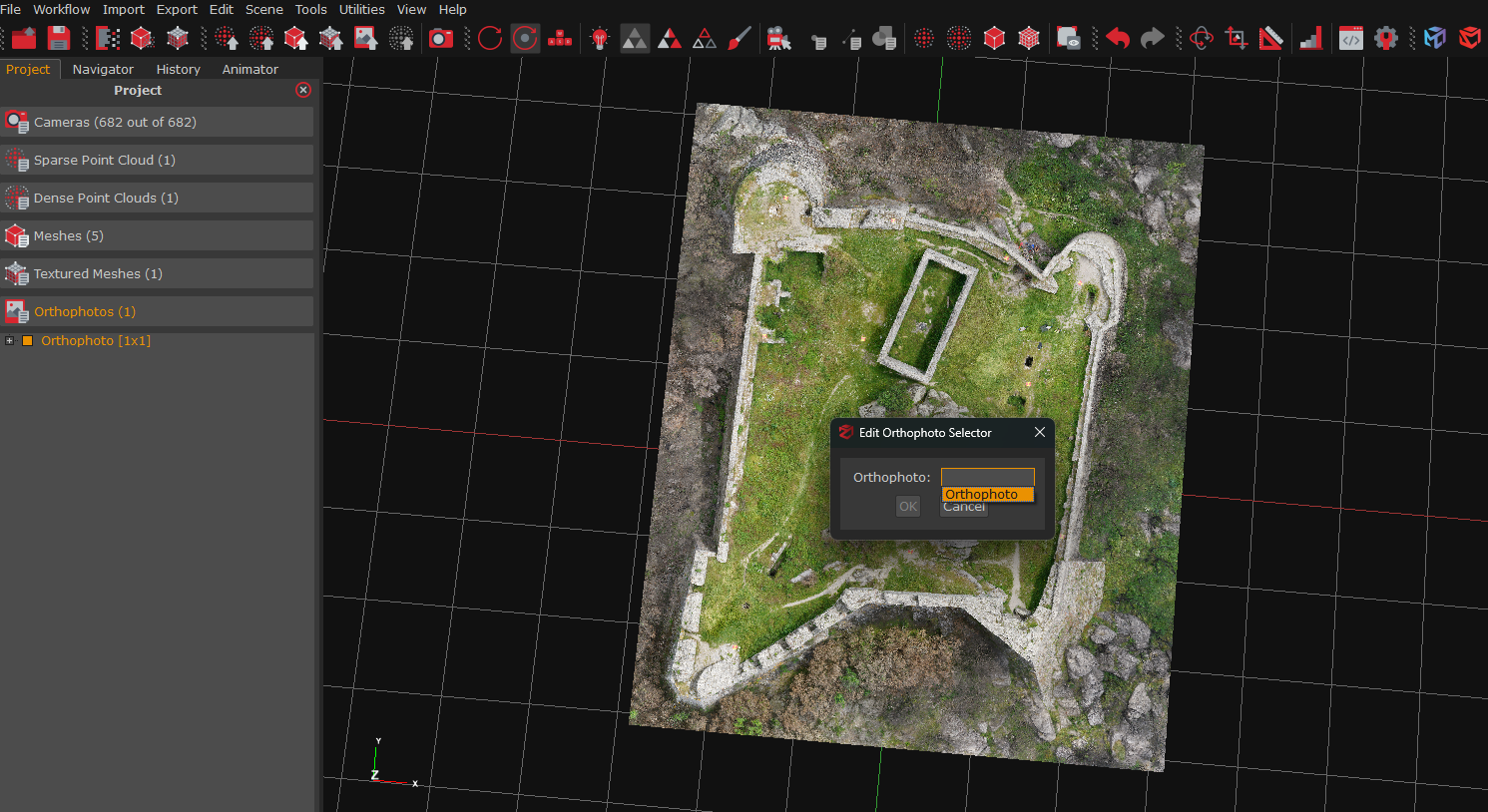
The Orthophoto Editor window
The editor dialog provides a set of drawing tools that can be used to select specific regions of the orthophoto that need to be recomputed.
Let's take a look at the interface:
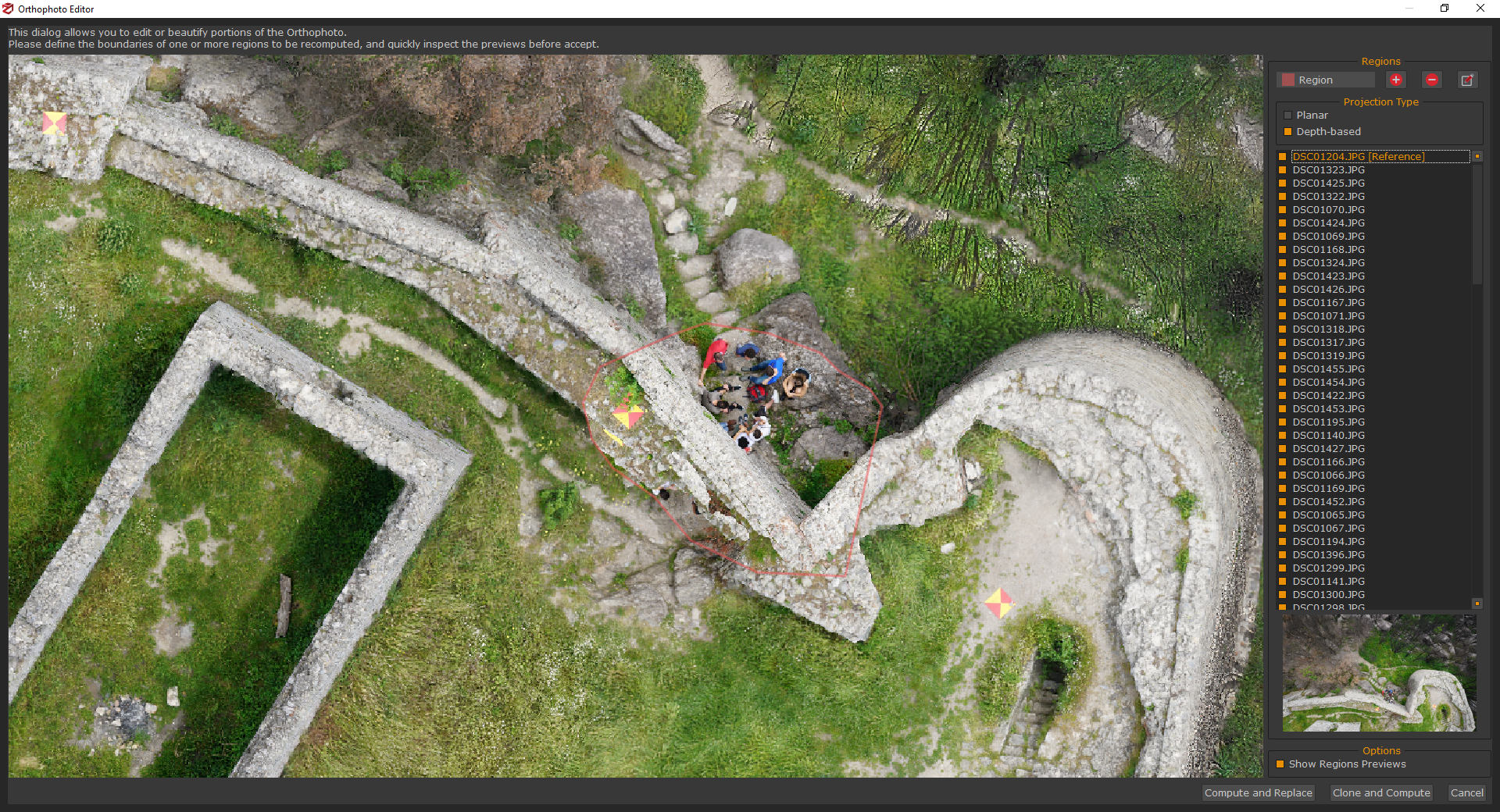
On the right side of the dialog, the following are shown top to bottom:
- Regions section: A scroll-down list of the created regions, with the 3 main edit commands:
Add a region button: 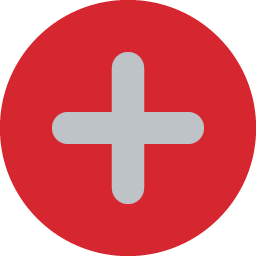
Delete region button: 
Edit Region button: 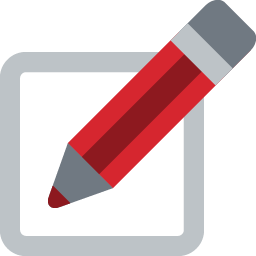
- Projection Type section: here, it's possible to associate a projection type with the drawn regions, which will be used to recalculate the color balance within the delimited area. The two available projection methods are:
Planar: this method creates an adapted planar projection of selected reference cameras from the right camera list into the current drawn regions. It is advisable to use it only if you want to improve the orthophoto's visual quality of a planar region or when the underlying mesh is not correct, and it's not primary to maintain the accuracy of the data.
Note: when using this projection methods, at least the polygon boundaries must lie in a planar area to avoid reprojection distortion.
Depth-based: this method makes use of the 3D information from mesh geometry to enhance the drawn regions of the orthophoto by selecting the cameras on the right list. This option makes use of a similar strategy to build the initial orthophoto but uses only the sub-set of images selected in the right list instead, which will allow preserving the original proportions of the orthophoto.
Example:
If you want to remove a person or a car from a region, you can select a camera without them as [Reference]. After that, you can deselect all the cameras where the subject is visible; therefore will be more possibilities of removing the unwanted subject without leaving an "image ghosting effect" in the orthophoto.
- List of the Cameras associated with the currently drawn regions. Among these cameras, it's possible to select one [Reference] Camera that plays a central role in the editing process and the others cameras needed for the computation by the check-boxes. Only the selected cameras will be used during the orthophoto generation, therefore the deselected images won't be used for color balancing.
- Options: this check-box will enable/disable the projection preview within the drawn region.
To finalize the editing operation click pressing the “Compute and Replace” or the "Clone and Compute" buttons. If the result is unsatisfactory, it's possible to undo the operation with CTRL+Z or the "Undo" button, in the main 3DF Zephyr interface.
Orthophoto editing workflow
This example will explain the Orthophoto Editor workflow to improve the color balance of selected parts and remove unwanted subjects within the orthophoto.
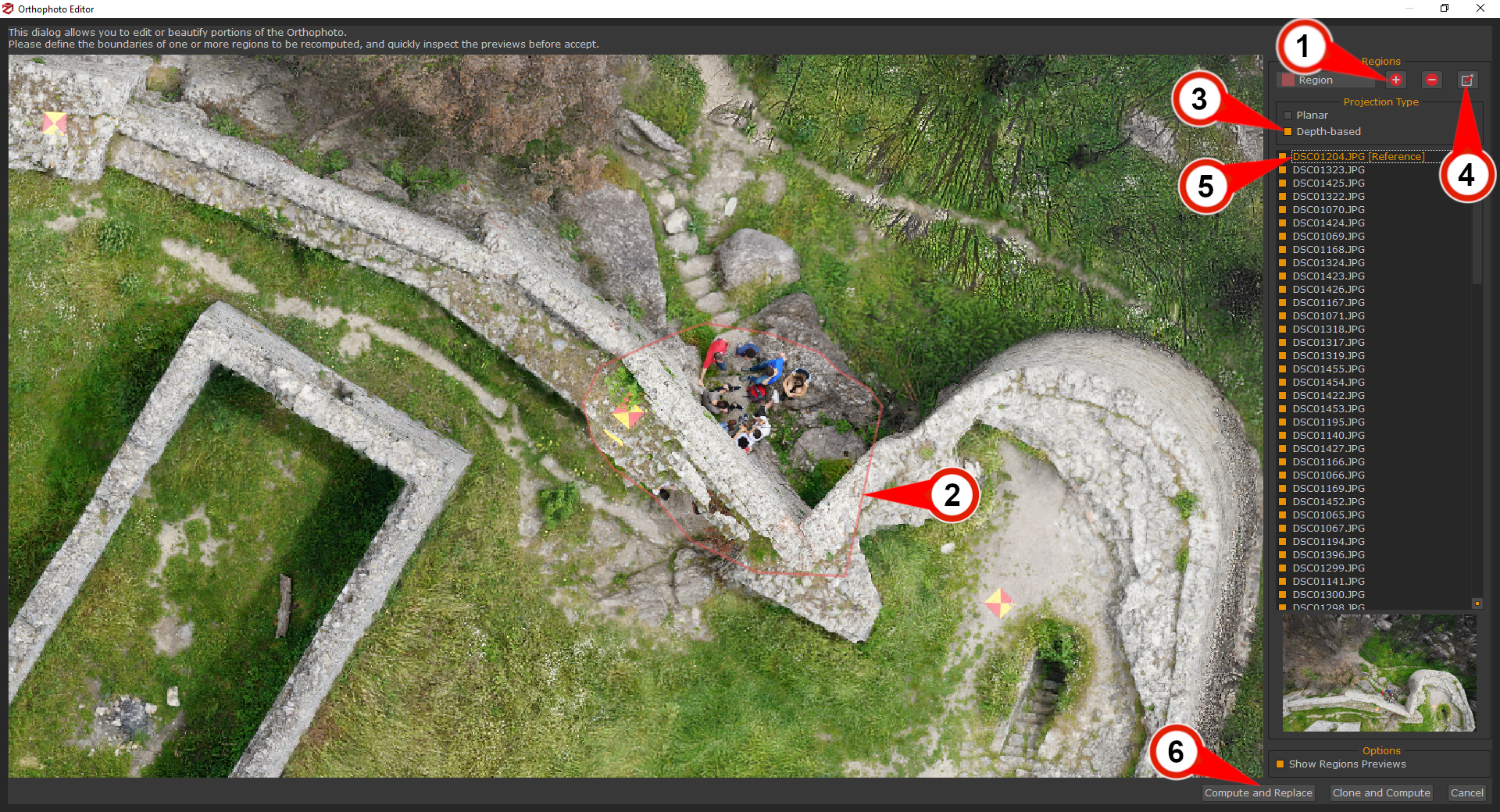
Click on the "Add Regions" (1) button, in the Regions section, and create the region's boundaries (2) on the orthophoto in the working space. To place more regions, click again on the "Add Regions" (1) button and draw more regions; if you need to delete a region, press the "Delete Region" button .
Chose the Projection Type (3) between Planar and Depth based, and press the "Edit regions" (4) button .
The editor will list all the visible cameras for the drawn regions in the Camera List (5) section, the first picture will be the [Reference] camera used in the computation. It's possible to choose another camera as a reference, that will be more suitable for improving the regions, by double-click on it.
In the example below, the [Reference] camera has been switched to one without people, notice that the preview in the regions is changed because the Show Regions Preview check-box is enable:
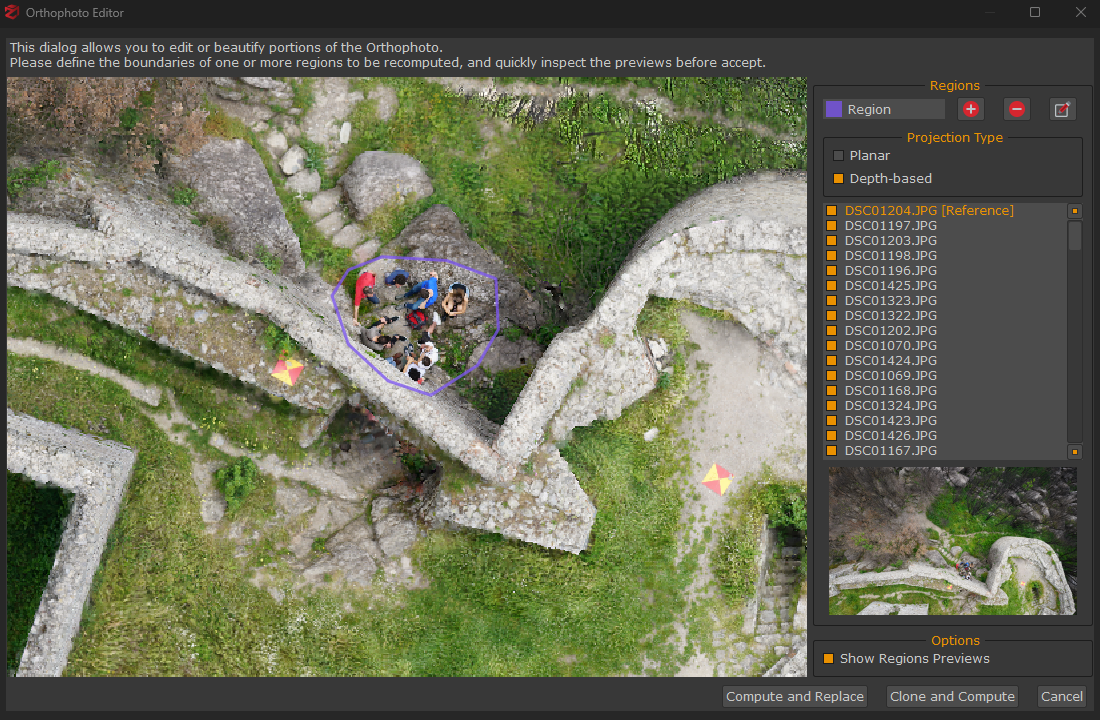
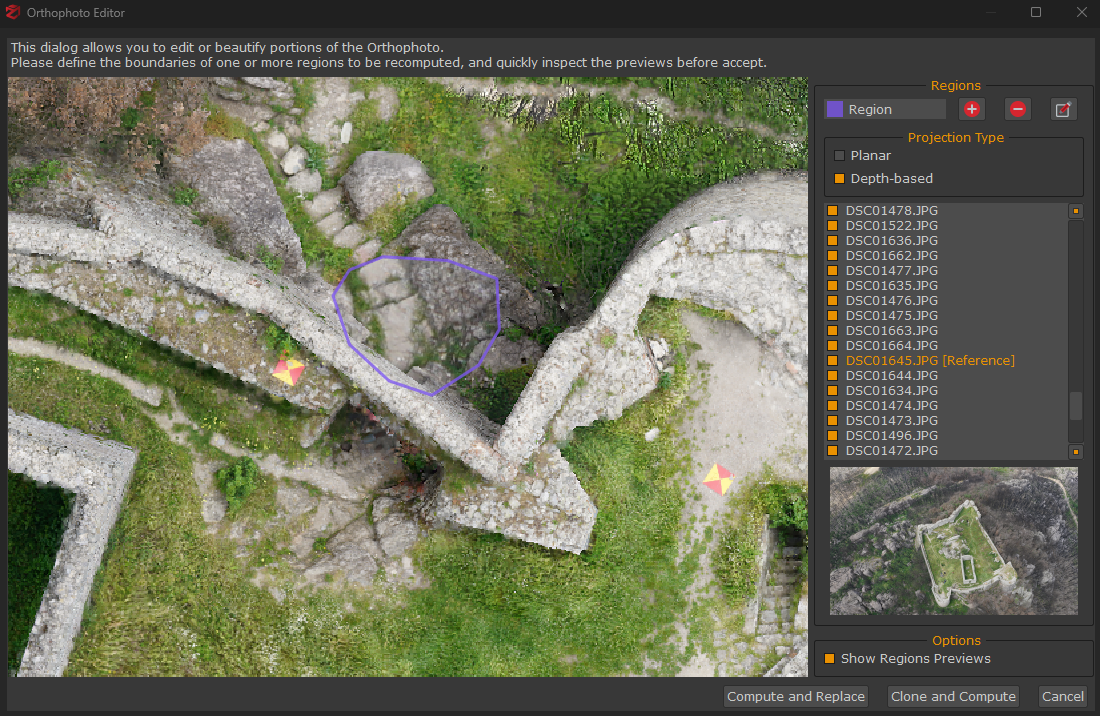
To complete the workflow, click on the "Compute and Replace" (6) button.